Egypt's archaeological museums hold special exhibitions to celebrate Labour Day, Eid El-Fitr
Nevine El-Aref , Monday 2 May 2022
Archaeological museums all over Egypt celebrated Labour Day and the advent of Eid El-Fitr by organising special exhibitions in their foyers featuring collections of various artefacts depicting Egyptian celebrations across history.
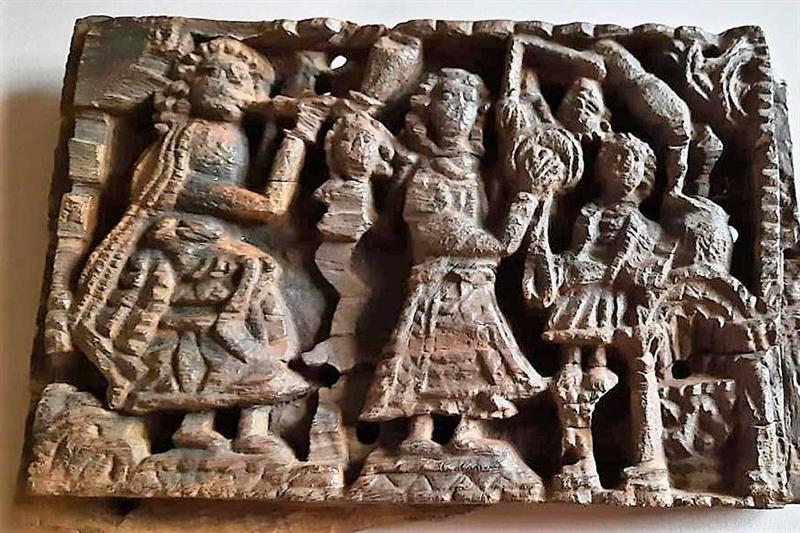
These artefacts, which will be exhibited throughout the month of May, were selected based on the votes antiquities lovers worldwide on the official Facebook page of each museum.
The Museum of Islamic Art put on display a copper jar embellished with silver and gold, while the Jewellery Museum in Alexandria has an office set from king Farouk's collection carved in lapis lazuli, showing a feather with a gold end, a stamp carved with the signature of the king, and a letter opener with a knife made of silver.
Furthermore, the Police Museum at the citadel is exhibiting a turtle shaped shield from the Islamic era and the Hall Three Museum of the Cairo International Airport is displaying a 3D model of a Middle Kingdom tomb at El-Assassif necropolis in Luxor depicting seven people brewing beers, baking bread, and cooking meat.
Additionally, the Suez and Ismailia National Museums have a collection of limestone Roman medical tools and a wooden model of a wheat gallery from the Middle Kingdom showing three people storing wheat in a silo and a scribe documenting the quantity of wheat stored.
The National Museum of Alexandria is exhibiting a pencil case embellished with silver and gold; the Tel Basta Museum is showing an agate bracelet with amulets; the KomOshim Museum in Fayoum has a wooden model of a boat with its full staff; and the Luxor Museum is displaying a collection of construction instruments.
Also, the Coptic Museum in Old Cairo is exhibiting a wooden engraving showing a group of women playing music along with a group of children performing acrobats as part of a feast.
The Farouk Corner Museum in Maadi is exhibiting a photo of king Farouk's wedding with queen Nariman; and the Royal Carriage Museum in Bulaq is displaying the alay carriage that was used during official ceremonies to transport VIPs.
Furthermore, the Gayer Anderson Museum is showing a drum and a tambourine made of wood and ivory, while Hall Two Museum of Cairo International Airport Museum is exhibiting a Coptic Orthodox Christian manuscript for praises.
Meanwhile, the Tanta and New Valley Museums has symbolic wheat mummies from the Greaco-Roman era in the shape of Osiris and a faience pot decorated with foliage motive and the goddess Hathor on display.
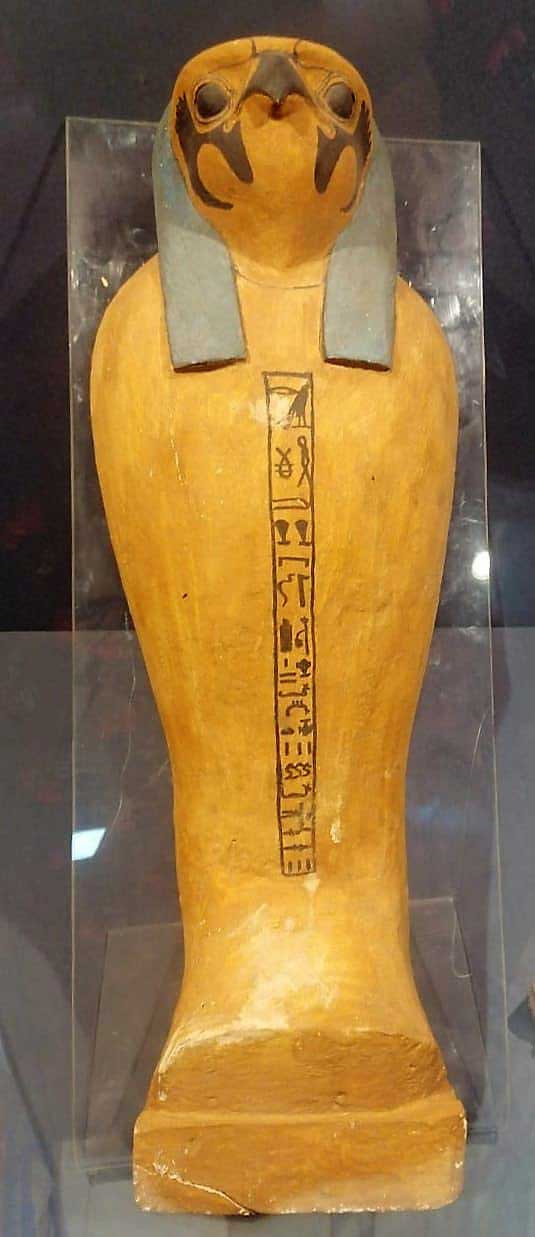
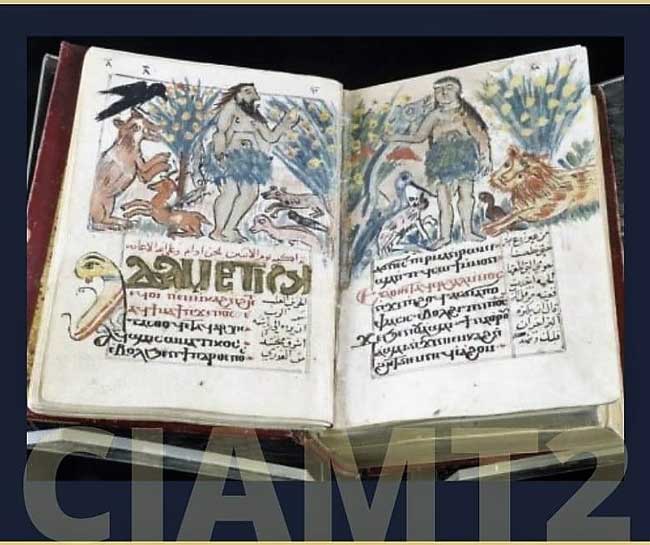
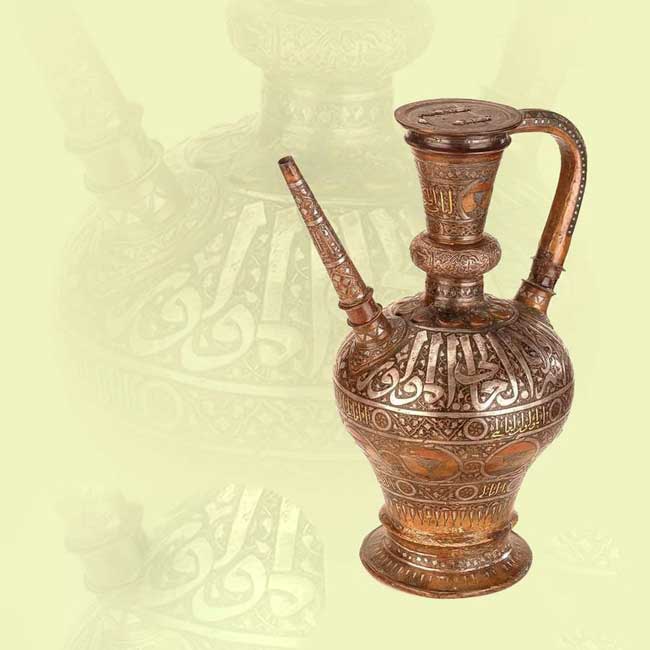
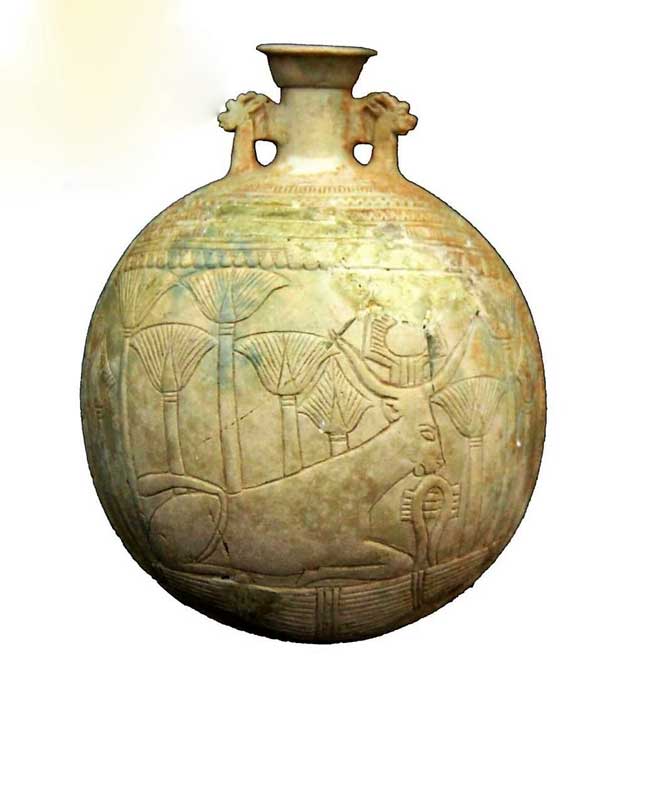
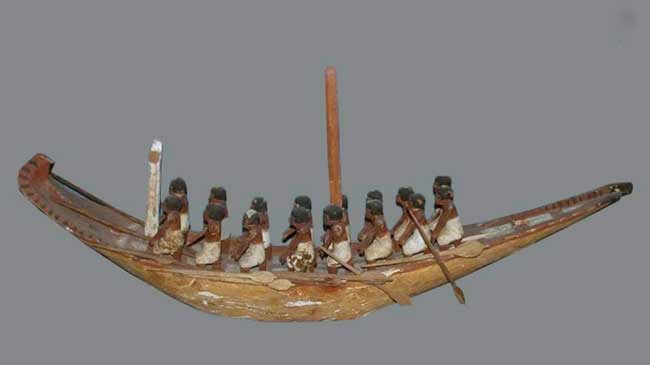

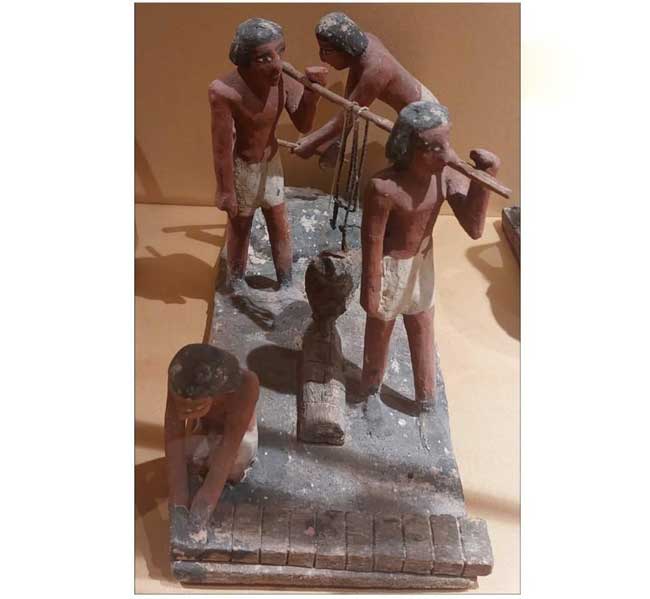
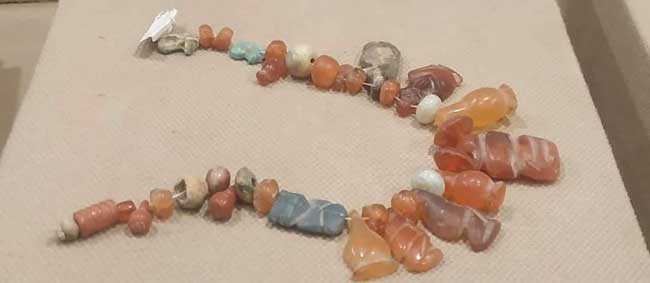
-- Sent from my Linux system.
No comments:
Post a Comment